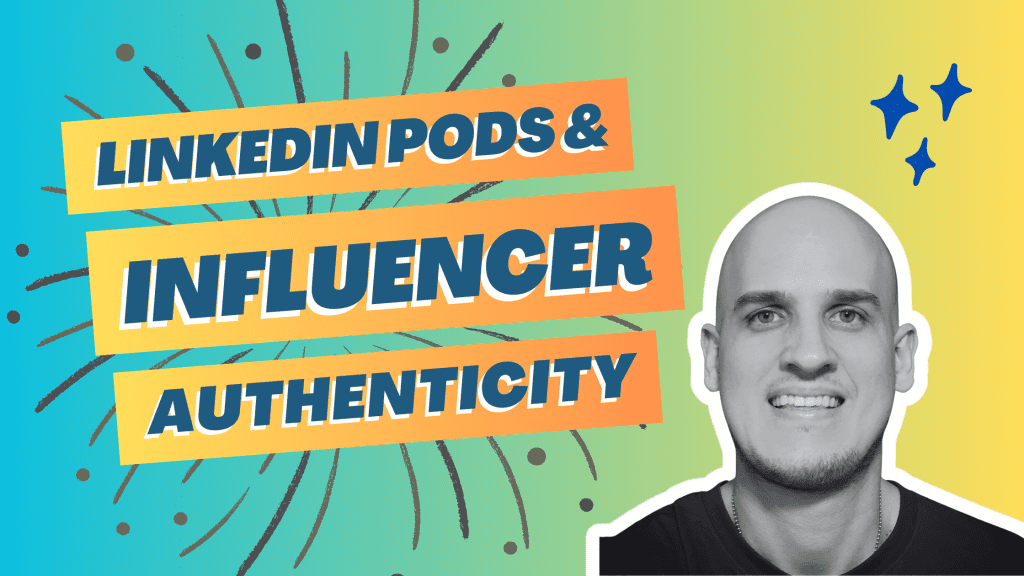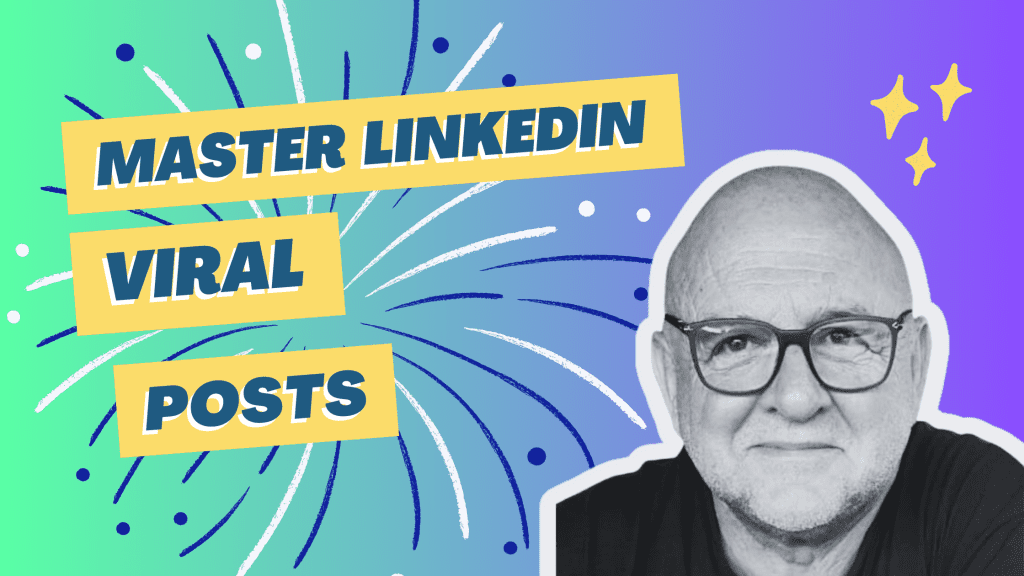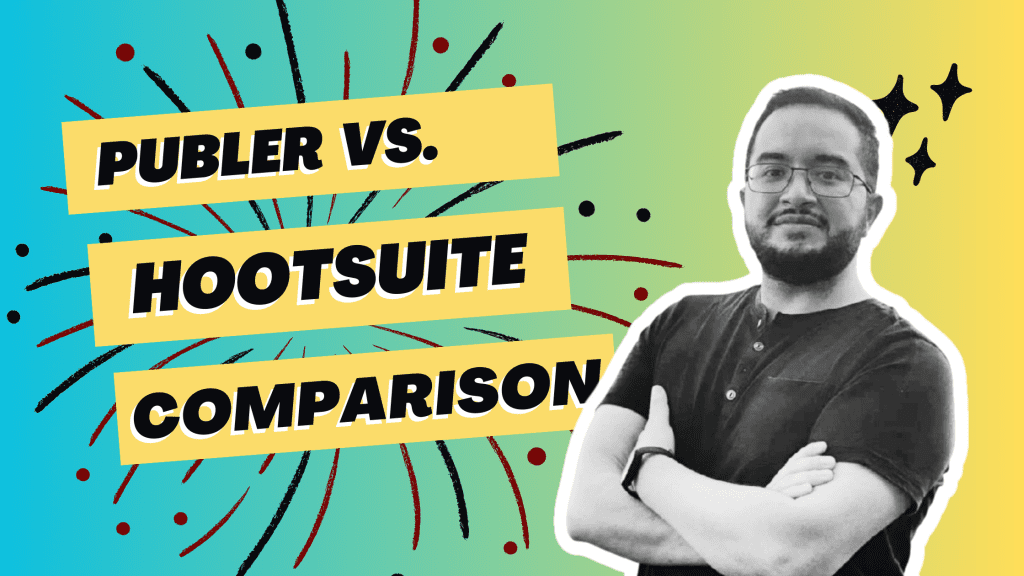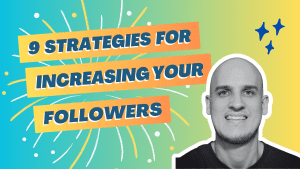Are you curious about the secret behind influencers‘ success on social media networks? Well, let us introduce you to a phenomenon called “LinkedIn pods.”
These online communities have taken the platform by storm, revolutionizing how engagement is achieved. In these pods, members collaborate to boost each other’s visibility by liking, commenting, and sharing content. But here’s the catch – while pods can enhance an influencer’s reach, they also raise questions about authenticity and their impact on personal brand and followers.
The credibility of influencers’ engagement metrics in social media has become a hot topic as LinkedIn pods continue to gain popularity among followers. Some argue that artificially inflated engagement undermines the genuine connection between influencers and their audience, negatively impacting their personal brand and digital marketing efforts.
So buckle up as we uncover the inner workings of LinkedIn pods and navigate through the intriguing world of influencer authenticity.
How LinkedIn Pods Work and Their Role in Engagement Boosting
LinkedIn pods, also known as engagement pods, are a popular strategy employed by individuals aiming to increase their visibility and influence on the platform. These pods consist of a group of followers who collaborate to enhance their engagement metrics such as likes, comments, and shares on each other’s posts.
To participate in a LinkedIn pod, individuals typically coordinate their activities through messaging apps or dedicated platforms. This allows them to synchronize their efforts and ensure that they engage with each other’s content promptly. By doing so, they create a sense of authenticity and boost the overall engagement on their posts. This increased engagement helps to attract more followers and increases their influence. It also encourages others to leave comments on their posts.
The primary objective of these pods is to increase reach and attract more followers. By actively engaging with each other’s content, members hope to establish themselves as thought leaders within their respective industries. This can be achieved by commenting on and sharing each other’s posts. The goal is to gain more attention from other LinkedIn users who may be interested in similar topics or professional areas.
Here is an overview of how LinkedIn pods work:
Group Formation: People join forces with followers who share similar interests or goals to spread their message and connect with one another.
Engagement Agreement: Pod members agree to consistently like, comment on, and share each other’s posts in the LinkedIn group. This is a great way for people to connect and message each other.
Coordination: Communication takes place either through messaging apps or specialized platforms. This includes sending messages, leaving comments, and sharing posts within a group on LinkedIn.
Timely Interaction: People in engagement pods promptly comment on new posts shared by group members.
Increased Visibility: As engagement metrics rise due to pod activity, individual profiles gain more exposure on LinkedIn. This can be seen through increased visibility of people’s posts, as well as their comments within groups.
Do Pods Work? Examining the Effectiveness of LinkedIn Pods
Critics argue that pod-generated engagement may not translate into genuine interest or meaningful connections among people outside the pod network. They believe that relying on pods for engagement can create an artificial boost that doesn’t reflect true audience engagement, making it difficult to post content that resonates with people.
To evaluate the true impact of pods, it is crucial to consider various factors such as audience quality and post relevance. Simply focusing on increased metrics without considering these aspects may lead to misleading conclusions about the effectiveness of pods.
Here are some key points to consider:
Mixed Results: Studies indicate that joining a LinkedIn pod can result in varying outcomes for different influencers.
- Genuine Interest: Critics argue that pod-generated engagement may lack authenticity and fail to attract genuinely interested individuals who are not part of the pod network.
Audience Quality: The quality of engagement matters more than sheer numbers. It’s essential to assess if pod-generated interactions align with your target audience’s interests and needs.
Post Relevance: Even with increased metrics from pods, it’s important to evaluate whether your content resonates with your desired audience beyond the pod network.
Becoming an Ideal Engagement Pod Member: Tips for Success
To make the most out of your participation in engagement pods, follow these tips for success in your posts:
Actively participate by consistently engaging with other pod members’ content. Engaging with fellow pod members’ posts not only supports their reach and visibility but also encourages reciprocity within the group.
Provide thoughtful and relevant comments in LinkedIn pods to demonstrate genuine interest in the discussions. Instead of generic responses, take the time to craft meaningful comments that contribute to the conversation and show your engagement with the content.
Share valuable insights and resources that add value to the pod community. By offering high-quality content, you establish yourself as a knowledgeable member who contributes positively to the group’s overall experience.
Be reliable and reciprocate engagement by consistently liking, commenting, and sharing others’ posts. Building trust within the pod is crucial for long-term collaboration and mutual support.
By implementing these strategies, you can enhance your engagement pod experience while fostering authentic connections with other members. Remember that being an ideal engagement pod member involves actively participating, providing value, and reciprocating engagement within the community.
So why wait? Start applying these tips today and unlock new opportunities for growth on LinkedIn! While you’re there, consider joining LinCreator, the #1 platform for LinkedIn engagement pods 😉
Exploring Different Types of LinkedIn Pods: Manual, Automated, and LinkedIn-Specific
Manual pods
Members actively engage with each other’s content
Requires manual participation within the group
Allows for direct interaction and personalized engagement
Automated pods
Utilize software or bots to automate engagement activities
Engagement is automated without requiring active participation from members
Provides convenience and time-saving benefits
LinkedIn-specific pods
Focus solely on engagement within the LinkedIn platform
Not involved in engagement across multiple social media channels
Enables targeted networking within the LinkedIn community
Each type of pod offers its own advantages and disadvantages, catering to different preferences and goals. Here’s a breakdown:
Manual pods
Pros:
Facilitates direct interaction among members.
Allows for personalized engagement.
Cons:
Requires active participation from members.
Can be time-consuming.
Automated pods
Pros:
Saves time by automating engagement activities.
Provides convenience for busy professionals.
Cons:
May lack authenticity due to automated interactions.
Potential risk of violating platform guidelines.
LinkedIn-specific pods
Pros:
Focused networking within the LinkedIn community.
Targets professionals in a specific niche.
Cons:
Limited reach compared to cross-platform pods.
Less diversity in audience compared to broader groups.
By understanding these different types of LinkedIn pods—manual, automated, and LinkedIn-specific—you can choose the one that aligns with your preferences and objectives. Whether you prefer direct interaction, automation, or targeted networking, there’s a pod out there suited to your needs on this professional networking platform. So go ahead, explore the options available and enhance your presence on LinkedIn!
Reflecting on the Impact of LinkedIn Pods on Influencer Authenticity
In conclusion, LinkedIn pods have emerged as a powerful tool for boosting engagement and increasing visibility on the platform. By participating in these pods, users can enhance their reach and connect with a wider audience. However, it is important to consider the implications of this practice on influencer authenticity.
LinkedIn pods operate by reciprocating engagement among members, resulting in increased likes, comments, and shares. This engagement-boosting mechanism can help influencers gain traction and expand their network. Staying informed with daily business news on LinkedIn allows users to keep up with industry trends and establish themselves as thought leaders.
While LinkedIn pods offer potential benefits, it is crucial to evaluate their effectiveness. Research suggests that the impact of pods may vary depending on factors such as pod size and member activity. Becoming an ideal engagement pod member involves actively contributing to discussions, providing valuable insights, and engaging authentically with other members.
Exploring different types of LinkedIn pods reveals variations in functionality. Manual pods require active participation from members, while automated pods streamline the process through software automation. LinkedIn-specific pods focus solely on this professional networking platform.
To make the most of LinkedIn pods while maintaining authenticity, individuals should strive for genuine connections over mere numbers. It is essential to engage meaningfully with relevant content and build relationships based on shared interests or expertise.
In conclusion, leveraging LinkedIn pods can be a valuable strategy for enhancing visibility and establishing credibility within your industry. However, it is crucial to approach these tools mindfully and prioritize authentic engagement over superficial metrics.
Frequently Asked Questions
Q: Can I join multiple LinkedIn pods simultaneously?
Yes! Joining multiple LinkedIn pods can broaden your reach across different networks and industries. Just ensure that you actively participate in each pod’s discussions to maximize your engagement opportunities.
Q: Are automated LinkedIn pods effective?
Automated LinkedIn pods can save time by streamlining engagement activities. However, their effectiveness may depend on the quality of the automation software and its ability to mimic authentic interactions. It’s important to monitor and adjust automated pod settings accordingly.
Q: How can I measure the impact of LinkedIn pods on my engagement?
Monitoring your engagement metrics, such as likes, comments, and profile views, before and after joining LinkedIn pods can provide insights into their impact. Comparing these metrics over time will help you assess the effectiveness of your pod participation.
Q: Can LinkedIn pods help me connect with industry influencers?
Absolutely! Engaging in LinkedIn pods allows you to interact with like-minded professionals, including industry influencers. Actively participating in discussions and providing valuable insights can help you build connections with influential individuals within your field.
Q: Are there any risks associated with using LinkedIn pods?
While LinkedIn pods offer benefits for engagement and visibility, it is essential to maintain authenticity throughout your participation. Overly relying on pod activity without genuine interaction could potentially harm your reputation or credibility as an influencer. Strive for meaningful connections rather than solely focusing on numbers.





































